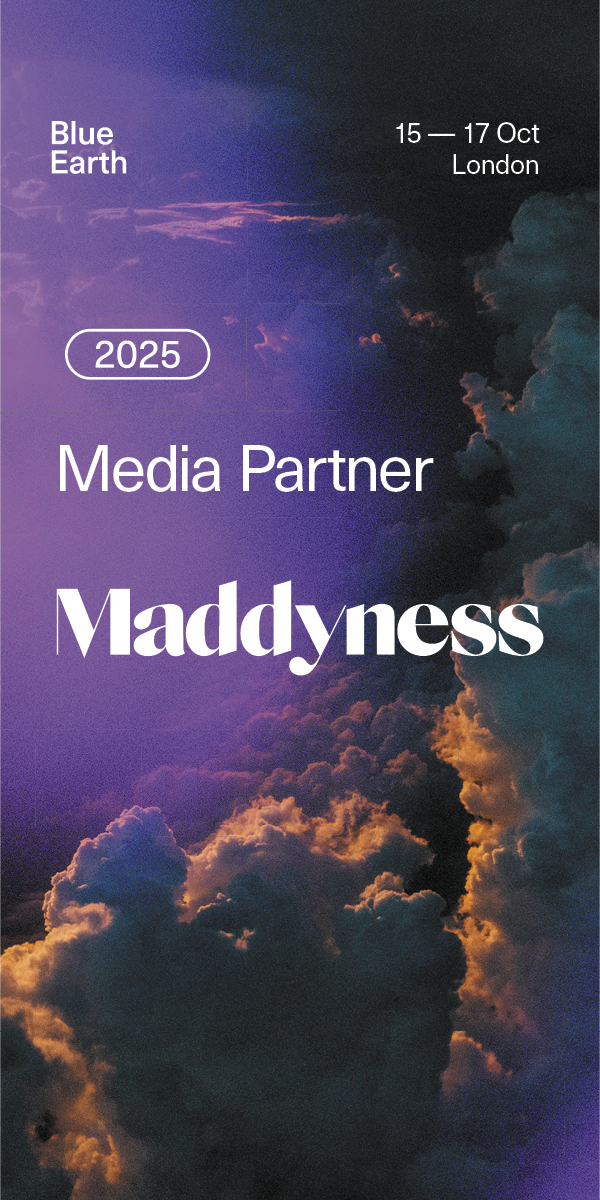The consequences of COVID-19 are proving to be the spark that ignites the flames of their simulated fire. Maddyness investigates the ways in which businesses are adapting to these times by adopting Immersive Tech into their operations.
Consisting of VR (virtual reality), AR (augmented reality), or hybridised forms such as MR (mixed reality) and XR (extended reality), Immersive Technology is playing a prominent role in reshaping the future of our world, not only in corporate sectors but across all aspects of life.
Previously perceived as a gimmick used for the purposes of novelty, this multidimensional tech is now being incorporated by leading global companies to improve both customer service and safety as a direct response to the pandemic.
Technological advancements made in IT combined with ramifications brought about by the virus i.e. self-isolation, home-shopping, contactless activity etc. has seen an unprecedented drive towards this industry, with tech giants moving into the emerging market space through mergers and acquisitions.
Apple have recently acquired eye-tracking pioneer SensoMotoric Instruments, Google have bought smart-glass manufacturer North, there’s GoPro’s acquisition of virtual 360-degree video experts Kolor, and Microsoft have purchased automated 3D optimisation software vendor Simplygon to improve its already existing HoloLens technology.
During Facebook’s conference call discussing quarterly earnings, CEO Mark Zuckerberg noted that it’s possible the pandemic could kick off acceleration for AR and VR adoption.
But it’s not just the conglomerates. Industries ranging from real estate to retail to healthcare and engineering are implementing Immersive Tech to improve some aspects of their company: marketing, communications, training, education, service.
According to Alex Book, Chief Strategy Officer of Arcade, a company that specialises in creating three-dimensional digital experiences for a variety of sectors including heritage, arts and culture, FMCG and many others, reasons for increased activity in this industry during these times are multi-fold.
From a consumer perspective, the primary drive has been for entertainment purposes. The escapist nature of virtual reality transports people beyond the limitations of their four walls into digital spaces, representing real places like the Mayan temples or domains of the creative imagination.
Now that lockdown is easing, the push has been towards people returning to work, using this tech to improve employee safety by encouraging a ‘hands-free’ environment. Onyx Health, for example, are to launch a new VR Learning Platform called Interactive Learning Environment (ILE), an online tool that aims to transform communication between healthcare professionals and the pharma industry.
The distinction between VR and AR has seen both formats adopted for different purposes depending on the problem and solution it can provide, with MR used for everything in between. According to Alex, the key to universal adaptation is a combination of accessibility plus utility: pair something highly accessible with something highly useful - create practical solutions for real needs – a recipe for success.
If Immersive Tech can find ways of identifying pre-existing tasks and demonstrating better ways to replace solutions then this what drives people to really pick it up because it’s offering genuine utility.
This sentiment of technological evolution from novelty to utility is echoed by Chris Edwards, Chief Managing Director of thisistommy.com, a digital creative agency that runs AR campaigns for some of the world’s largest brands. According to Chris, companies are using augmented reality to provide alternative customer experiences as a direct response to COVID-19.
For example, to assist with social-distancing measures, London-based agency We Are Social launched the Snap Safe Lens, a proximity AR technology that helps users ensure they stay at least two metres away from others. This feature, whilst containing elements of entertainment, provides a practical solution to a real-life problem, one that wouldn’t be possible without the use of augmented reality.
Another example coming out of Snapchat is their new ‘Shoppable AR’ feature created in conjunction with Gucci, where consumers can ‘try on’ shoes and purchase them with the click of a button. This practical yet digital method of consumption could become the new norm as consumer habits change.
As Chris goes on to say, the market is in the midst of a “platform arms race”, as tech companies compete to gain a share of the space through a flurry of investments. When the likes of Google and Amazon make acquisitions at this level it’s about to get interesting.
Most investments made have been in VR/AR hardware development, as these tech giants seek to establish the platforms on which applications will run. They are in the unique position of being able to bring several key components together and connect them to create new products and platforms and drive them into the market.
There’s a battle between social media platforms – Snap, Facebook with Spark, Instagram Stories, TikTok now have AR features, 8thWall and so on – seeing who can launch their platform the quickest with functionality to gain a foothold in the market.
The rise of AR, in particular, can be mainly attributed to the popularity of mobile devices, known as ‘democratic access points’. Nowadays everybody carries a mobile phone, meaning AR features are more accessible to the masses and is set to exponentially increase.
Looking to the near future, many incidents are aligning at the same time: 5G will soon go live (increasing capacity for VR/AR), the next generation of consoles - Xbox Series X and PS5 plus PSVR and Oculus Quest - are released later this year.
Next year will see the launch of wearables like Apple’s AR Glasses. Wearables will contain features of VR and AR, a merging of the two into MR, with the ability to immerse or enhance both inward and outward. As above, so below.
The revolution may not be televised but could well be digitalised. After so many false dawns, the wide-scale integration of Immersive Tech is finally looking imminent.











